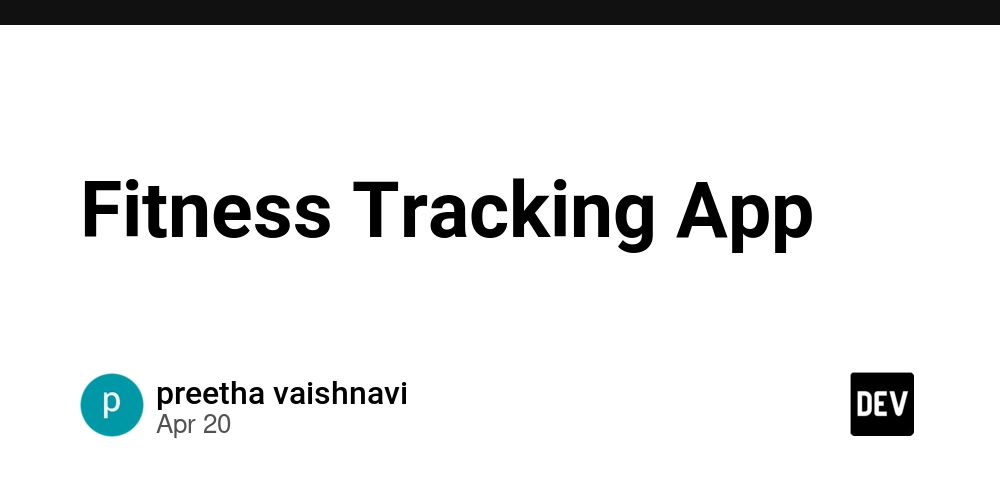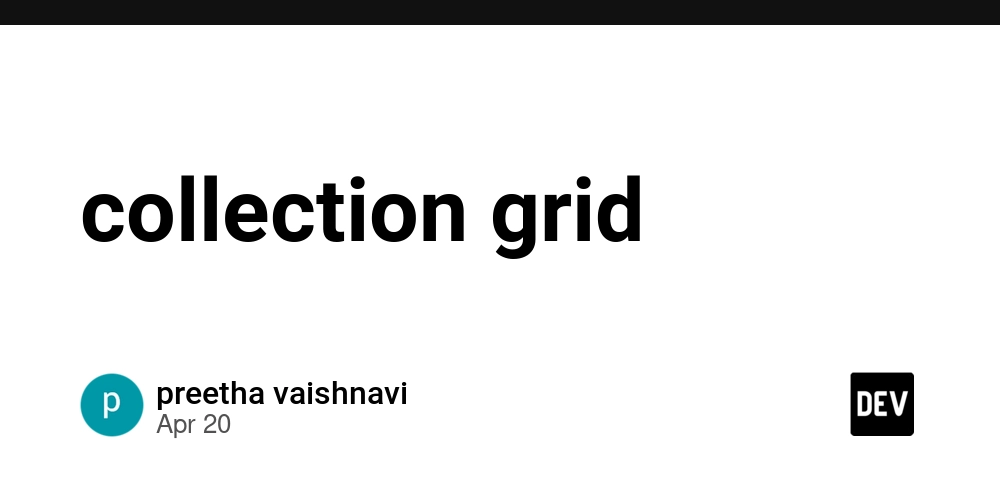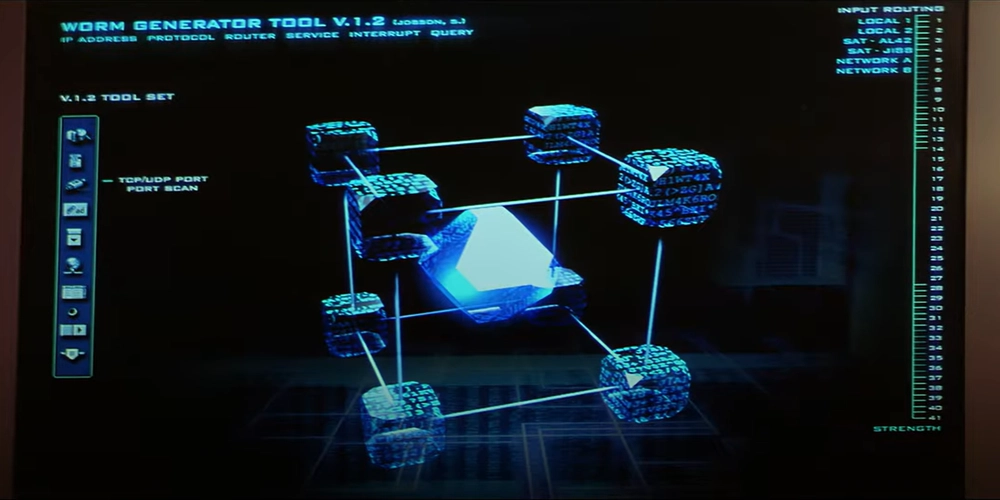Say What You Mean (Without Being a Jerk)
A Truth Bomb Can Blow Up the Room Someone botched a deploy. You know how. You know why. You lean in. You speak. And you drop a truth bomb. It’s clean. It’s accurate. It’s sharp. And the room freezes. Teammates stiffen. Your lead mumbles, “Let’s circle back.” You weren’t wrong. But you also weren’t helpful. Let’s unpack that. Honesty Without a Helmet At some point, you drop the hedging. You stop overexplaining. You get direct. Good. You’ve leveled up past timidness. But now you’re swinging too far. “I’m just being honest” becomes your armor. “I say it like it is” becomes a flex. Here’s the thing: If people stop listening when you talk, it doesn’t matter how right you are. Technical accuracy is not the same as influence. And blunt isn’t the same as clear. And when your delivery shuts people down, you’re not just failing to help - you’re blocking. Unclear, harsh, or delayed feedback is one of the most under-recognized bottlenecks on a team. If you want to lead well, remember: The Best Engineers Don’t Block – They Unblock. Spoiler: Empathy Doesn’t Make You Wrong There’s a myth in senior engineering circles that kindness weakens critique. That if you soften the edges, you’re pulling your punch. Not true. Empathy isn’t a muzzle. It’s a megaphone. When you pair truth with care, people get it. They absorb it. They use it. That’s not dilution. That’s reach. And here’s the bigger point: the way you talk shapes whether people dare to talk back. And if your team’s scared to speak up, they’ll avoid “looking dumb” instead of preventing real mistakes. That’s why it matters to Ask Dumb Questions Early - and why your tone helps determine whether they’ll ever ask them at all. Check Yourself Before You Wreck Someone Else The fastest way to check your tone is to question your intent: Am I trying to help - or just be right? Do I want a better outcome - or just a win? Will this make someone smarter - or just quieter? Feedback with ego attached feels like an attack. People might nod, but they won’t change. Speak with the intent to build, not just to be heard. The result? Fewer standoffs. More movement. Tone Is the Silent Pull Request The way you phrase things changes whether they’re accepted - or just tolerated. Blunt: “You didn’t handle null. This’ll break.” Better: “Think we might need to guard against null here.” Blunt: “This makes no sense.” Better: “I’m having trouble following this - can we walk through it?” Blunt: “This keeps happening.” Better: “We’ve hit this a few times—worth adding a pattern?” This isn’t just good manners. It’s team culture in action. The way you leave comments, ask questions, and challenge decisions silently defines how your team works—and whether it works at all. Your Team’s Culture Is Written in Your Pull Requests. This article is just the deeper dive on how to write those pull requests like someone people want to build with. Feedback ≠ Flame War Telling someone their work is broken isn’t feedback. It’s commentary. Real feedback is like debugging: you don’t just point at the failure - you trace the cause, explore context, and co-create the fix. Before you speak: What’s unclear to them? What would help them improve next time? Are they in a place to hear this? If your words don’t unlock progress, they’re just noise. Communication: The Hidden API You spend hours making your code readable. But when it’s time to talk? You wing it. That’s backward. Words are your real interface. You unblock, align, de-escalate, mentor - all through language. Better communication means: Less drama Faster decisions Fewer silent disasters This isn’t soft skills fluff. This is infrastructure. Final Commit: Be Heard, Not Just Quoted You already know how to write clean code. Now write clean sentences. Say what you mean. But say it like you want it to land - not just get applause. That’s not just how you stay respected. That’s how you stay useful.

A Truth Bomb Can Blow Up the Room
Someone botched a deploy. You know how. You know why. You lean in. You speak.
And you drop a truth bomb.
It’s clean. It’s accurate. It’s sharp.
And the room freezes. Teammates stiffen. Your lead mumbles, “Let’s circle back.”
You weren’t wrong. But you also weren’t helpful.
Let’s unpack that.
Honesty Without a Helmet
At some point, you drop the hedging. You stop overexplaining. You get direct.
Good. You’ve leveled up past timidness.
But now you’re swinging too far. “I’m just being honest” becomes your armor. “I say it like it is” becomes a flex.
Here’s the thing:
If people stop listening when you talk, it doesn’t matter how right you are.
Technical accuracy is not the same as influence. And blunt isn’t the same as clear.
And when your delivery shuts people down, you’re not just failing to help - you’re blocking. Unclear, harsh, or delayed feedback is one of the most under-recognized bottlenecks on a team.
If you want to lead well, remember: The Best Engineers Don’t Block – They Unblock.
Spoiler: Empathy Doesn’t Make You Wrong
There’s a myth in senior engineering circles that kindness weakens critique. That if you soften the edges, you’re pulling your punch.
Not true.
Empathy isn’t a muzzle. It’s a megaphone.
When you pair truth with care, people get it. They absorb it. They use it. That’s not dilution. That’s reach.
And here’s the bigger point: the way you talk shapes whether people dare to talk back. And if your team’s scared to speak up, they’ll avoid “looking dumb” instead of preventing real mistakes.
That’s why it matters to Ask Dumb Questions Early - and why your tone helps determine whether they’ll ever ask them at all.
Check Yourself Before You Wreck Someone Else
The fastest way to check your tone is to question your intent:
- Am I trying to help - or just be right?
- Do I want a better outcome - or just a win?
- Will this make someone smarter - or just quieter?
Feedback with ego attached feels like an attack. People might nod, but they won’t change.
Speak with the intent to build, not just to be heard. The result? Fewer standoffs. More movement.
Tone Is the Silent Pull Request
The way you phrase things changes whether they’re accepted - or just tolerated.
Blunt:
“You didn’t handle null. This’ll break.”
Better:
“Think we might need to guard against null here.”
Blunt:
“This makes no sense.”
Better:
“I’m having trouble following this - can we walk through it?”
Blunt:
“This keeps happening.”
Better:
“We’ve hit this a few times—worth adding a pattern?”
This isn’t just good manners. It’s team culture in action. The way you leave comments, ask questions, and challenge decisions silently defines how your team works—and whether it works at all.
Your Team’s Culture Is Written in Your Pull Requests. This article is just the deeper dive on how to write those pull requests like someone people want to build with.
Feedback ≠ Flame War
Telling someone their work is broken isn’t feedback. It’s commentary.
Real feedback is like debugging: you don’t just point at the failure - you trace the cause, explore context, and co-create the fix.
Before you speak:
- What’s unclear to them?
- What would help them improve next time?
- Are they in a place to hear this?
If your words don’t unlock progress, they’re just noise.
Communication: The Hidden API
You spend hours making your code readable. But when it’s time to talk? You wing it.
That’s backward.
Words are your real interface. You unblock, align, de-escalate, mentor - all through language.
Better communication means:
- Less drama
- Faster decisions
- Fewer silent disasters
This isn’t soft skills fluff. This is infrastructure.
Final Commit: Be Heard, Not Just Quoted
You already know how to write clean code.
Now write clean sentences.
Say what you mean. But say it like you want it to land - not just get applause.
That’s not just how you stay respected. That’s how you stay useful.









































































































































































![[The AI Show Episode 144]: ChatGPT’s New Memory, Shopify CEO’s Leaked “AI First” Memo, Google Cloud Next Releases, o3 and o4-mini Coming Soon & Llama 4’s Rocky Launch](https://www.marketingaiinstitute.com/hubfs/ep%20144%20cover.png)




























































































































![[DEALS] The All-in-One Microsoft Office Pro 2019 for Windows: Lifetime License + Windows 11 Pro Bundle (89% off) & Other Deals Up To 98% Off](https://www.javacodegeeks.com/wp-content/uploads/2012/12/jcg-logo.jpg)




























![Is this too much for a modular monolith system? [closed]](https://i.sstatic.net/pYL1nsfg.png)






















































































































_Andreas_Prott_Alamy.jpg?width=1280&auto=webp&quality=80&disable=upscale#)






























































































![What features do you get with Gemini Advanced? [April 2025]](https://i0.wp.com/9to5google.com/wp-content/uploads/sites/4/2024/02/gemini-advanced-cover.jpg?resize=1200%2C628&quality=82&strip=all&ssl=1)












![Apple Shares Official Trailer for 'Long Way Home' Starring Ewan McGregor and Charley Boorman [Video]](https://www.iclarified.com/images/news/97069/97069/97069-640.jpg)
![Apple Watch Series 10 Back On Sale for $299! [Lowest Price Ever]](https://www.iclarified.com/images/news/96657/96657/96657-640.jpg)
![EU Postpones Apple App Store Fines Amid Tariff Negotiations [Report]](https://www.iclarified.com/images/news/97068/97068/97068-640.jpg)
![Apple Slips to Fifth in China's Smartphone Market with 9% Decline [Report]](https://www.iclarified.com/images/news/97065/97065/97065-640.jpg)



































































































































